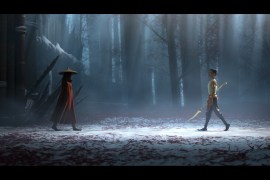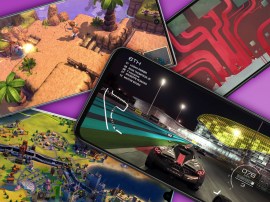The man who was nearly Steve Jobs
In an alternate universe you're listening to your RealPod, playing on your RealPhone and have just got a Real Watch...
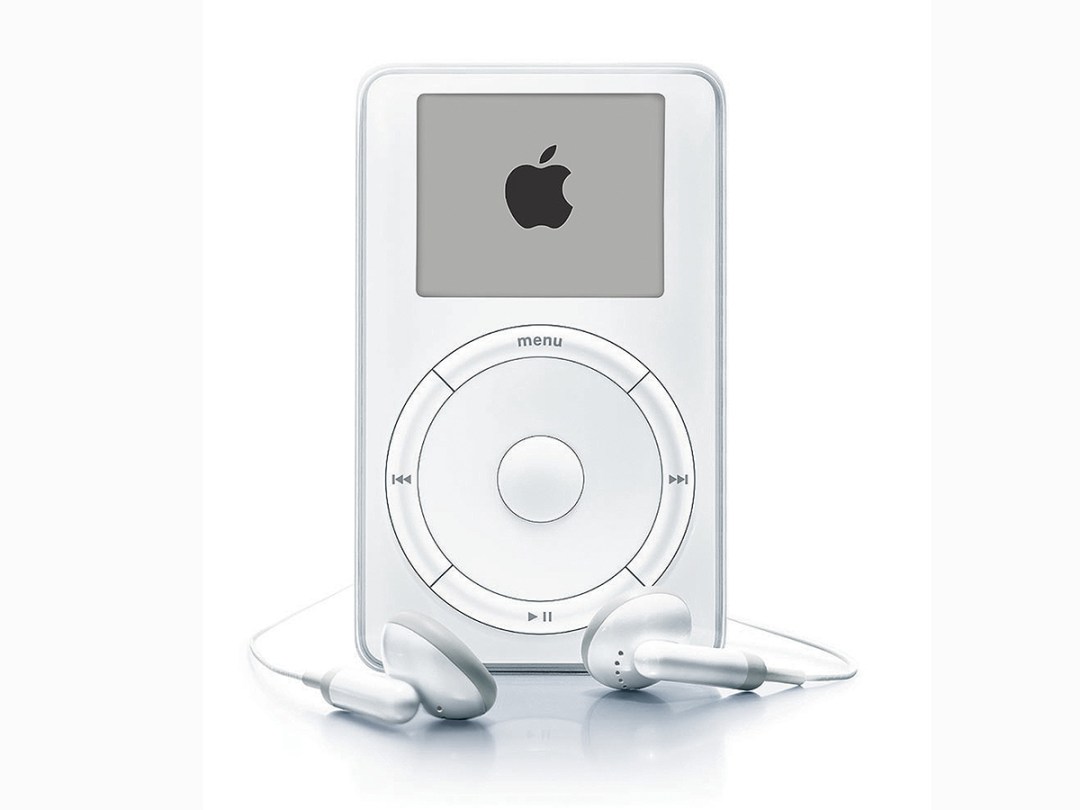
Fifteen years ago RealNetworks ruled the internet. And, if not for a twist of fate, they still might.
We recently had the chance to speak to the man who helped create your world of Netflix and Spotify, RealNetworks’ Rob Glaser.
In the late ’90s and early noughties, Glaser led a company that was responsible for almost all the streaming on the internet, and which continues to provide your phone with nifty streaming tech such as RealPlayer Cloud, a ‘Dropbox for video’ that allows easy video sharing between devices of all kinds, and RealTimes, an auto-editor that turns your pics and clips into nice videos.
Some research on Glaser turns up an interesting fact: he employed Tony Fadell, the ‘Godfather of the iPod’, just months before Fadell left for Apple, built his magic tunebox, turned the music industry inside out and used its guts to play a nice little tune.
Not only that, but the job Fadell was given before he jumped ship was to build an MP3 player. So… why didn’t he?
“There’s the Wikipedia version of the story,” says Glaser, “and there’s the actual story.”
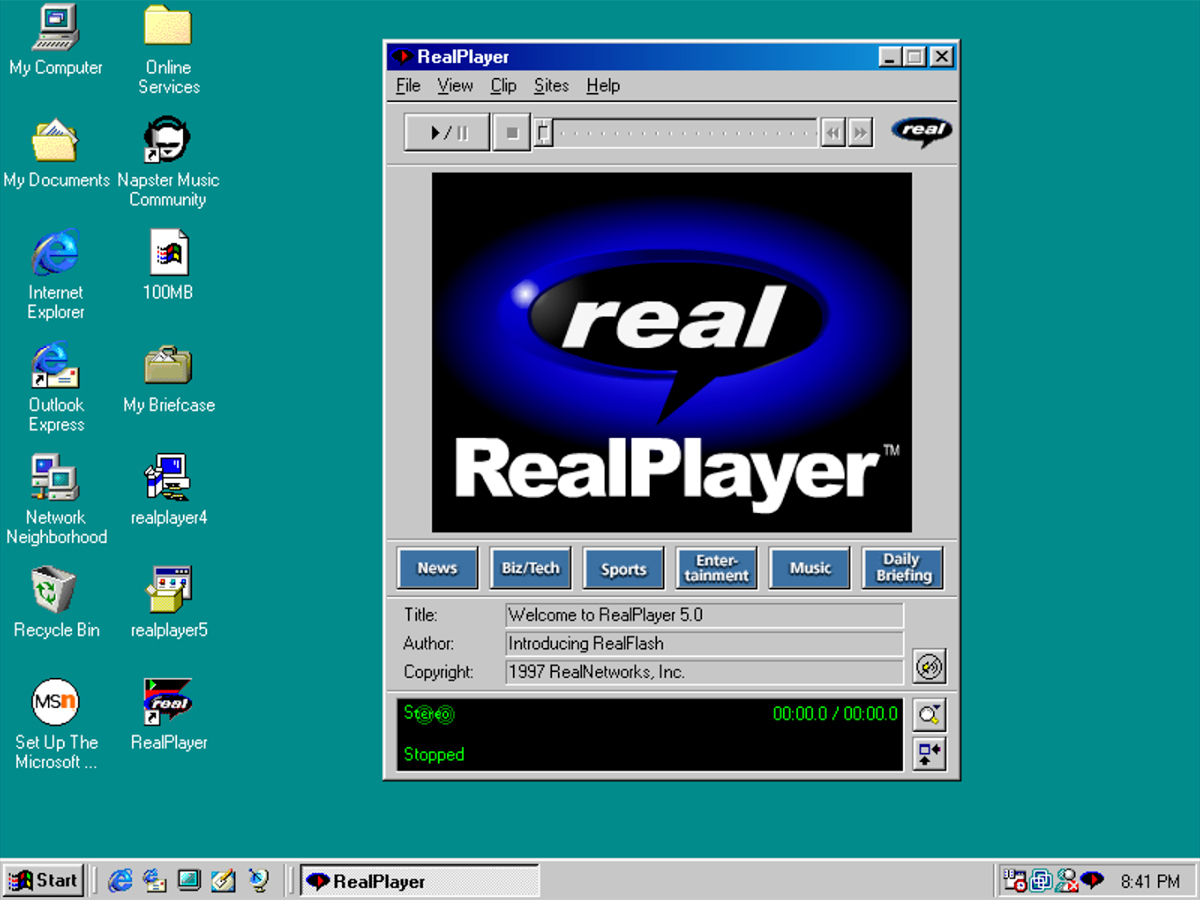
The actual story begins at Microsoft, where Rob worked for more than a decade. He started out on Microsoft Word – “I had nothing to do with Clippy”, he reassures me, “Clippy came after me” – and ended up building multimedia players that would work on different kinds of devices.
After ten years however, “I kind of needed a break. I remember in the spring of ’93, [Bill] Gates came to me and said that he wanted to reorganise things. I think I surprised him by saying ‘Great, let’s reorganise me out of a job.’ People didn’t typically say that to him.”
After his departure from Microsoft, Rob began building his own company, RealNetworks, and over the next five years he helped pioneer the streaming technology that has revolutionised the film, TV and music industries.
RealNetworks was behind one of the first internet audio broadcasts and streamed its first video in 1997, eight years before YouTube was founded. By 2000, an estimated 85% of all media streamed on the internet used RealNetworks’ technology. It was at this point that Rob met Tony Fadell.
“Tony was and is a very smart, creative guy who was doing really innovative designs around Windows CE. He had a lot of really good ideas, and I wasn’t a hardware guy, I was a software guy. So we met up with Tony and we hired him to basically build a prototype MP3 player for us.”
(above image: Christiaan Colen)
YOU MIGHT ALSO LIKE › How I learned to stop worrying and love a Samsung
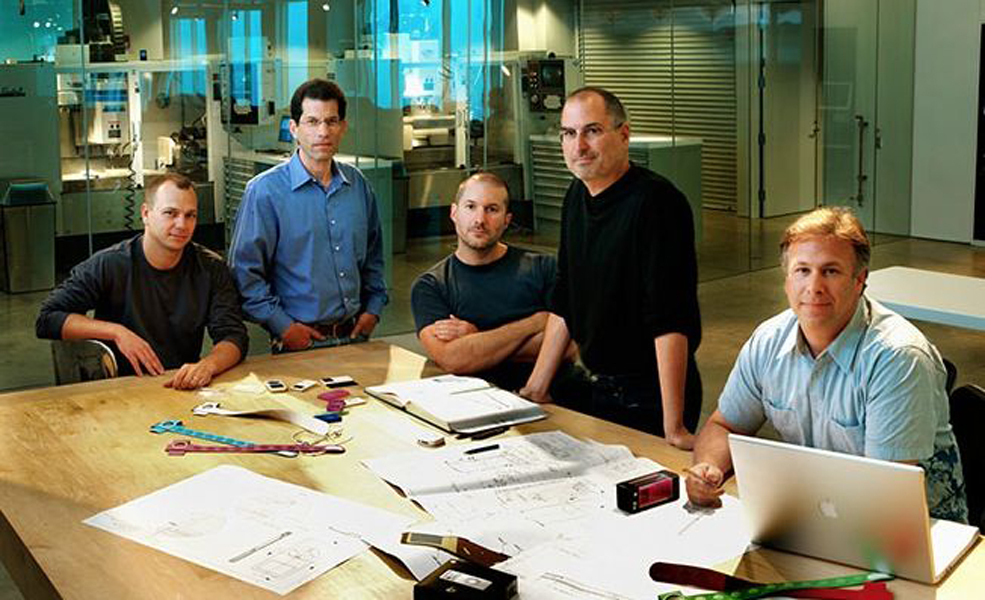
You can feel the pieces moving into place: the most important person in digital media is hired by the guy who’s going to design the device that changes music. The ingredients are there, the reaction is ready to happen.
In the alternate universe right next to ours, everyone stopped buying CDs when they got a RealPod. Perhaps a few years later, they ditched their old Nokia for a RealPhone. But in our universe, it just started to rain.
“So, Tony moved up to Seattle. He moved up in February, and after like three months he said ‘I can’t take this weather, I can’t stand Seattle. Do you want to keep me on and I’ll work out of San Francisco, and you can build a team around me?’ And I said – and maybe this was a mistake – but I said, ‘This is our first time working together, you agreed to come up to Seattle, and the first thing you’ve done after three months is you’ve flaked out. So I’m not sure it would be that responsible of me to bet on you on a remote basis, when our first interaction is that you’ve started to do some great work but you’ve flaked out on where you’ll live.’ So we then said, OK, that’s unfortunate, but we wound things down and shook hands.”
With that, Tony Fadell went back down to California, leaving Rob with some interesting designs – “boxes… about the size of a deck of playing cards… that were very stylish” – for his MP3 player.
And within a year, Tony had taken his ideas about MP3 players to Apple, and in October 2001 the iPod was announced; ten years later, Apple announced that iPod sales had topped 300 million, and Rob Glaser joined the publisher who rejected the first Harry Potter book and Tom Selleck (who famously turned down the role of Indiana Jones) in the pantheon of people for whom Fortuna’s wheel clicked one stop past the jackpot.
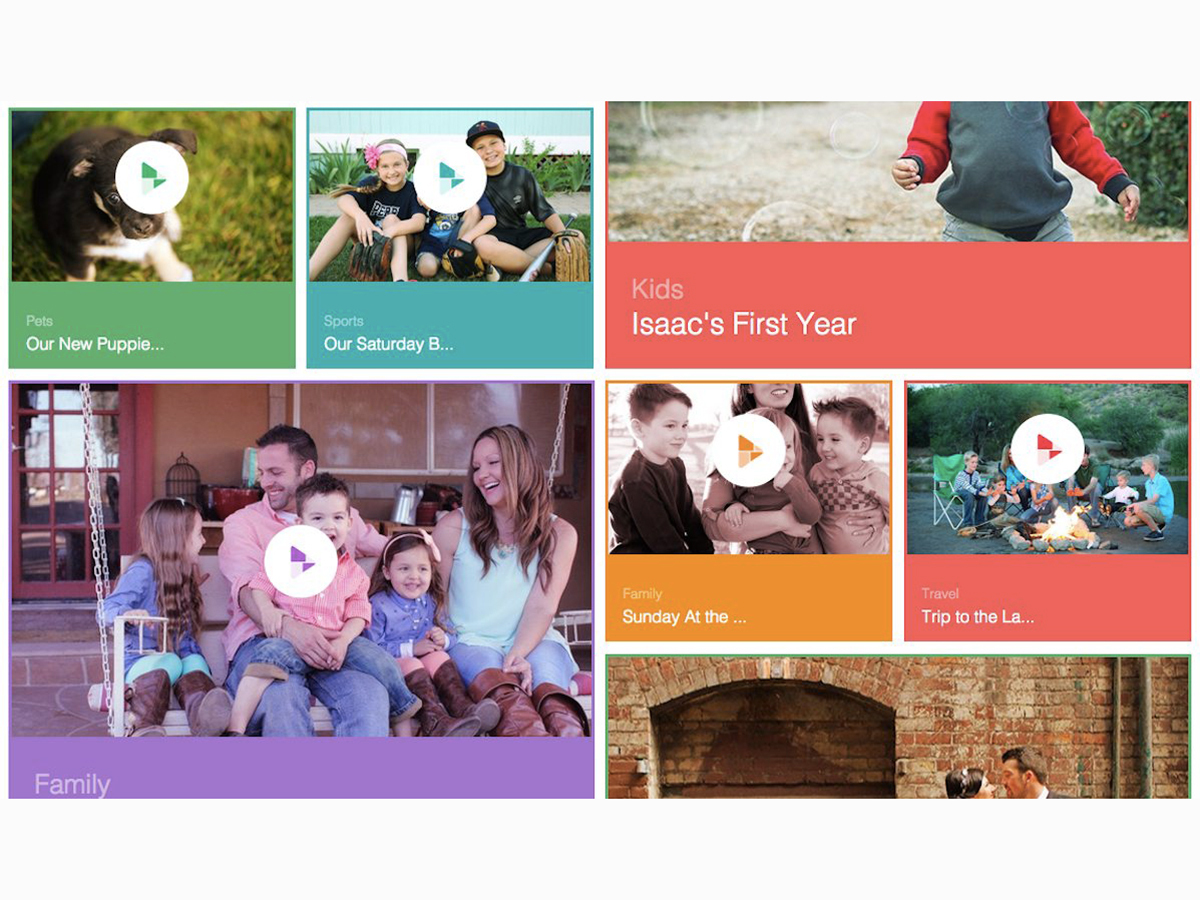
Does he lie awake at night, muttering about missed opportunities? “Nah. Tony and I have joked about it since then. Obviously he’s had a pretty good run at it with the iPod, and with Nest. The only thing we clashed over was that he agreed to move to Seattle, but then he didn’t like the weather in Seattle – he’s not the first person in the world I’ve heard say that.”
And while Rob Glaser probably did miss an opportunity by not persuading Tony Fadell to stay on and make him a blockbuster gadget, there’s a more pertinent reason that he never became Steve Jobs: because he’s obviously not the same kind of person.
Apple’s late co-founder didn’t become the world’s most successful businessman by being the world’s nicest guy; Jobs was a man obsessed by competition.
Glaser, on the other hand, donates 5% of his company’s yearly profits to charity, with RealNetworks’ donations now adding up to “somewhere in the region of $30 million”.
So while he might not have built the iPod, it doesn’t look like he’s losing any sleep.
The new RealTimes app auto-edits your pictures and videos to music, and makes them available to share and download to pretty much any device. It’s free, it works nicely in our experience, and you can get it here
YOU MIGHT ALSO LIKE › How the Apple Watch made me its slave


